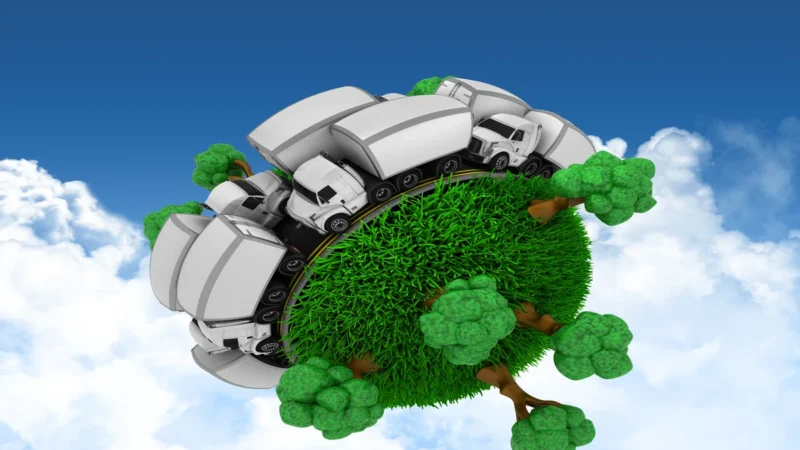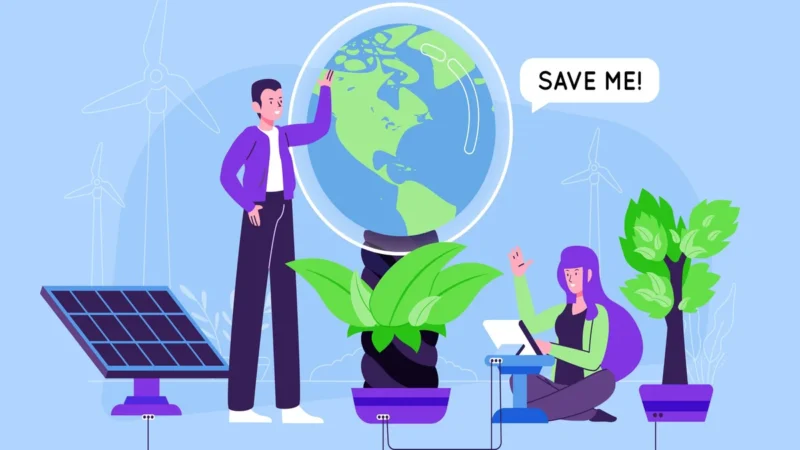Economic Implications of Carbon Pricing on Industries: Analysis, Costs, Benefits

Carbon pricing has emerged as a key policy tool to address the pressing issue of climate change. By placing a price on carbon emissions, governments aim to incentivize industries to reduce their greenhouse gas emissions and transition towards cleaner and more sustainable practices. This article will delve into the economic implications of carbon pricing, specifically focusing on the impact on industries. We will discuss the potential costs, benefits, and challenges associated with implementing carbon pricing mechanisms.
I. Potential Costs of Carbon Pricing:
- Direct Costs: Industries that are heavily reliant on fossil fuels or energy-intensive processes may face increased production costs due to carbon pricing. This could result in higher prices for goods and services, impacting consumer spending and business competitiveness.
- Indirect Costs: Certain industries, such as transportation and manufacturing, may experience higher fuel prices, leading to increased operational expenses. This could potentially affect their profitability and competitiveness in the global market.
- Regulatory Compliance: Implementing carbon pricing mechanisms may require industries to invest in new technologies, equipment, and infrastructure to reduce emissions. These upfront costs can pose financial burdens, particularly for small and medium-sized enterprises (SMEs).
II. Potential Benefits of Carbon Pricing:
- Incentivizing Innovation: Carbon pricing can spur innovation and the development of clean technologies. Industries are motivated to invest in research and development to find more efficient ways of reducing emissions, leading to job creation and economic growth.
- Market Signals: Carbon pricing provides a clear market signal, encouraging businesses to adopt cleaner technologies and energy sources. This fosters the transition to a low-carbon economy, attracting investments in renewable energy and other sustainable sectors.
- Health and Environmental Benefits: By reducing greenhouse gas emissions, carbon pricing contributes to improved air quality, mitigating the impact of pollution-related health issues. Additionally, it helps to combat climate change, preserving ecosystems and natural resources vital for long-term economic stability.
III. Challenges Associated with Carbon Pricing:
- Competitiveness Concerns: Industries in countries with carbon pricing may face challenges in competing with industries in regions without such policies. This issue underscores the importance of global cooperation to ensure a level playing field and prevent carbon leakage.
- Distributional Effects: Carbon pricing can have different impacts on different industries and communities. It is crucial to design policies that take into account potential disproportionate effects on vulnerable populations and sectors that rely heavily on carbon-intensive practices.
- Policy Design Complexity: Crafting effective carbon pricing mechanisms involves determining the appropriate price level, coverage, and revenue allocation. Finding the right balance between economic efficiency and social equity is a complex task that requires careful consideration.
FAQs
Q. Will carbon pricing lead to higher energy costs for consumers?
A. While carbon pricing may result in slightly higher energy costs in the short term, it encourages industries to transition towards cleaner and more affordable energy sources in the long run, potentially offsetting any initial price increases.
Q. How does carbon pricing contribute to reducing emissions?
A. Carbon pricing provides economic incentives for industries to reduce their carbon emissions by making it more expensive to pollute. This encourages them to invest in emission reduction technologies and adopt sustainable practices.
Q. Will carbon pricing negatively impact job creation?
A. While certain industries may experience temporary job displacement, the transition to a low-carbon economy can create new job opportunities in clean energy sectors and other environmentally friendly industries.


